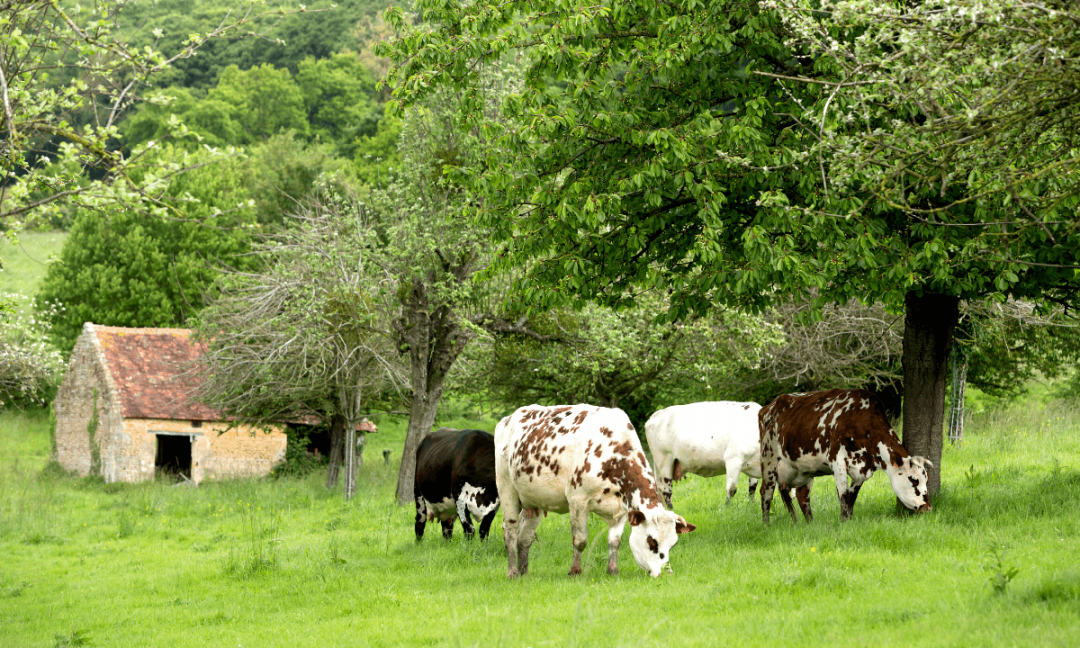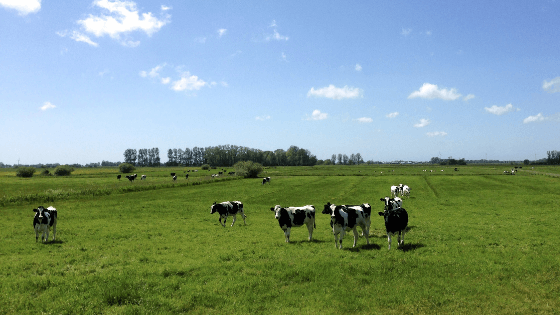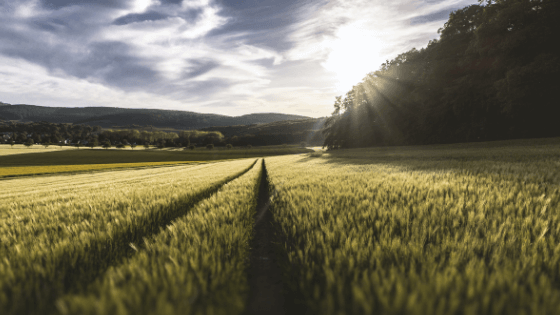
The environment and the dairy sector: what role to play?
The environment is increasingly taken into consideration by the agri-food sector. Therefore, the dairy sector is adapting to environmental issues and developing global CSR approaches. We can distinguish two types of approach: reduction of environmental impact and compensation with related actions.
Why accelerate environmental protection measures?
An international challenge
The major concerns for the protection of the environment are:
-
- Reducing the impact on water and air pollution
- Global warming
- Availability of resources and their preservation
- Waste management
In addition, the agri-food sector must ensure the sustainability of our systems through food sovereignty. This means promoting food choices that preserve health and the environment, as well as widespread access to affordable and quality food.
Food choices are proving to be a lever for consumers who want to reduce their impact through their consumption. In 2020, 88% of consumers adopted a change in their diet. Among these, 37% said that this change was motivated by respect for the environment.[1]
Today, the dairy sector is an integral part of these global challenges.
The environment: a challenge for the dairy sector
From upstream to downstream, the dairy sector plays a role in the three areas of sustainable development: the economy, the environment, and society. Thanks to its development in all rural areas, it provides multiple services to society:
-
- Boosts the local economy
- Participates in feeding the world
- Offers a variety of products that are nutritionally valuable and good for health
- Participates in the maintenance of the landscape
- Values biodiversity
Before the environment, the dairy sector faces the major challenge of providing dairy products of sufficient quality and quantity. But it must take up this challenge while reducing the environmental impact of the sector. Its involvement in climate change and public and animal health makes it a key player in sustainable agriculture.
Today, the impact of the dairy industry is characterized by growth in the world dairy herd and in global milk production. As a result, total greenhouse gas emissions are increasing. To preserve the environment, attention is now focused on reducing greenhouse gas emissions per unit of production and the net carbon footprint per liter of milk produced and processed.

Two major levers are being used to reduce this impact:
-
- Accelerating the adoption of best practices and technologies to mitigate and adapt to climate change
- Offsetting residual emissions with biological factors
We can reduce emissions from milk production in working towards carbon neutrality, but they are still partly uncompressible. To offset these emissions, livestock farming therefore has a role to play. This is achieved through grassland management and optimizing the absorption and storage of carbon in the soil or reducing mineral fertilizers in favor of organic fertilizers provided by livestock farming.
In this way, the dairy sector is entering a circular system by making more efficient use of resources to combat climate change and enhancing its capacity to sequester carbon naturally.
What steps can the dairy sector take to preserve the environment?
A global ethical approach
Lactalis Ingredients is committed to the preservation of the environment by reducing its carbon footprint and preserving water resources.
To meet these challenges, the Group complies with an internationally relevant reference framework that is part of the United Nations agenda. This framework is embodied in 17 sustainable development goals (SDGs).
Lactalis Ingredients focuses its attention on 12 levers, 6 of which concern environmental protection: energy, water, climate, biodiversity, etc. All themes are considered.
In the upstream dairy sector, since 1999, the Lactalis Group has chosen to go beyond collective approaches and launch “Cap sur l’Avenir”. Today, 100% of the dairy farms working with Lactalis in France fall within the scope of this internal charter of best practices, which aims, among other things, to protect the environment.

In addition to its charter, the Group has selected the CAP’2ER® tool (Automated Calculation of Environmental Performance in Ruminant Breeding) to measure greenhouse gas emissions, carbon storage, maintenance of biodiversity, feeding performance, water and air quality, at the farm level. As a result, 800 farms have committed to a plan to reduce their carbon footprint, with the support of trained Lactalis technicians. The Group also helps farms engaged in organic farming to finance the installation of hedges on their pastures to store carbon and preserve biodiversity.
Finally, Lactalis Ingredients adheres to the SEDEX program, via SMETA audits. These audits enable Lactalis Ingredients to be part of a global approach to transparency throughout the chain, by sharing responsible sourcing data relating to the supply chain.
All these initiatives are being developed on a large scale in operations and industrial sites. One example is the solar thermal power plant project at the Verdun site. This plant will significantly reduce CO2 emissions by replacing fossil fuels with decarbonated renewable energy.
Thus, reducing environmental impact is an ambition involving the entire dairy industry.
To find out more about our environmental indicators, we invite you to discover our 2019 CSR Report.
Sources :
[1] Kantar 2020 – Food 360 pour le SIAL















